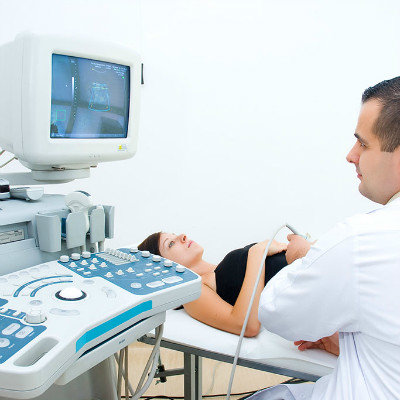How to judge birth canal hematoma?
summary
Birth canal hematoma is a kind of delivery complications that need emergency treatment. Before treatment, early detection of disease and professional diagnosis of disease are the premise to ensure the treatment effect. So, how to diagnose birth canal hematoma? What situations need special attention?
How to judge birth canal hematoma?
Generally speaking, CT can accurately judge the hematoma of birth canal, but the early detection of enlarged lymph nodes and tumors is still limited, so other examination methods must be used. Birth canal refers to the passage through which the fetus is delivered from the mother, including bone birth canal and soft birth canal. The bone birth canal is composed of pelvis, and the soft birth canal is composed of lower uterine segment, cervix, vagina and soft tissue of pelvic floor. Hematoma of birth canal refers to the situation that the blood vessels of soft birth canal rupture and the blood can not flow out to form hematoma during delivery.

Birth canal hematoma mainly occurs in primipara (the first vaginal delivery), pregnant women with hypertension or coagulation dysfunction. In addition, factors such as too long labor process, untimely and irregular suture of soft birth canal wound by medical staff after delivery can also lead to birth canal hematoma. The incidence rate is relatively low.

When birth canal hematoma occurs, there are more incision sites on the left side of vagina (70% of pregnant women need vaginal incision to help vaginal delivery). In addition, because there are more veins on the left side of pelvic cavity in women, which are reticular and scattered, hematoma often occurs on the left side. When birth canal hematoma occurs, cut the vaginal orifice, clean up the accumulated blood clots, then suture with intestinal suture, and finally carry out antibacterial and anti-inflammatory treatment. But some parturients have too much local hematoma bleeding, hematoma is too large and lead to increased suture difficulty, can cause anemia or shock due to blood loss, and some parturients still have the threat of life safety, so we must be cautious in clinical practice.

matters needing attention
In pregnant women with thrombocytopenia, the hemostatic and coagulation functions are reduced, and the fragility and permeability of capillaries are increased. Red blood cells are easy to escape and spontaneous bleeding occurs. In pregnant women with hepatitis, the synthesis of prothrombin in the liver is reduced, or the content of vitamin K-dependent coagulation factors II, VII, IX, X is reduced, resulting in coagulation disorders and prolonged prothrombin time. When these patients encounter tissue damage, they are more likely to form hematoma.















